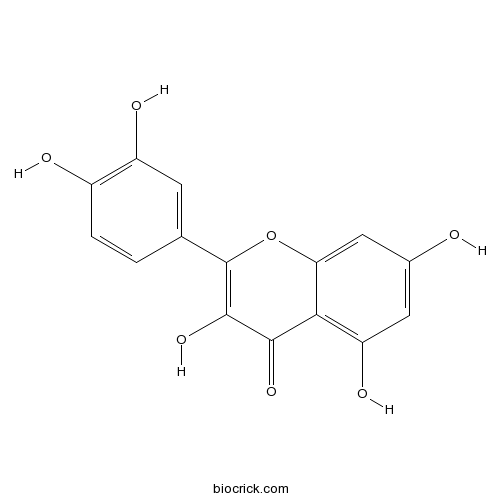Ribes diacanthum
Ribes diacanthum
1. The products in our compound library are selected from thousands of unique natural products; 2. It has the characteristics of diverse structure, diverse sources and wide coverage of activities; 3. Provide information on the activity of products from major journals, patents and research reports around the world, providing theoretical direction and research basis for further research and screening; 4. Free combination according to the type, source, target and disease of natural product; 5. The compound powder is placed in a covered tube and then discharged into a 10 x 10 cryostat; 6. Transport in ice pack or dry ice pack. Please store it at -20 °C as soon as possible after receiving the product, and use it as soon as possible after opening.
Natural products/compounds from Ribes diacanthum
- Cat.No. Product Name CAS Number COA
-
BCN6049
Quercetin117-39-5
Instructions

The protective effects of Ribes diacanthum Pall on cisplatin-induced nephrotoxicity in mice.[Pubmed: 26481606]
Ribes diacanthum Pall. (Saxifragaceae), a Mongolian folk medicinal plant, was used to treat urinary system diseases. The present work aims to investigate the protective effects of Ribes diacanthum Pall (RDP) against cisplatin-induced nephrotoxicity.
Antioxidant Activities of Ribes diacanthum Pall Extracts in the Northern Region of Mongolia.[Pubmed: 24471094]
Ribes diacanthum Pall (RDP) is a member of the Saxifragaceae family. The plant is traditionally used in Mongolia for the treatment of various ailments associated with kidney and bladder's diseases, cystitis, kidney stone, and edema. This study was aimed to investigate antioxidant activities of different solvent extracts of whole Pall plants, based on ferric-reducing antioxidant potential (FRAP), 2,2'-azinobis(3-ethybenzothiazoline-6-sulfonic acid) (ABTS· +) radical scavenging activity, 1,1-diphenyl-2-picrydrazyl (DPPH·), and hydroxyl (·OH) radical scavenging activities. Additionally, total flavonoids and phenolic contents (TPC) were also determined. The ethyl acetate extract of RDP (EARDP) had a remarkable radical scavenging capacity with an IC50 value of 0.1482 mg/mL. In addition, EARDP was shown to be higher in total phenolic and flavonoid contents than the methanol extract of RDP (MRDP). Moreover, the EARDP had the predominant antioxidant capacity, DPPH, hydroxyl, and ABTS radical scavenging activities and ferric reducing power. These results suggest a potential for R. diacanthum Pall extract as a functional medicinal material against free-radical-associated oxidative damage.


